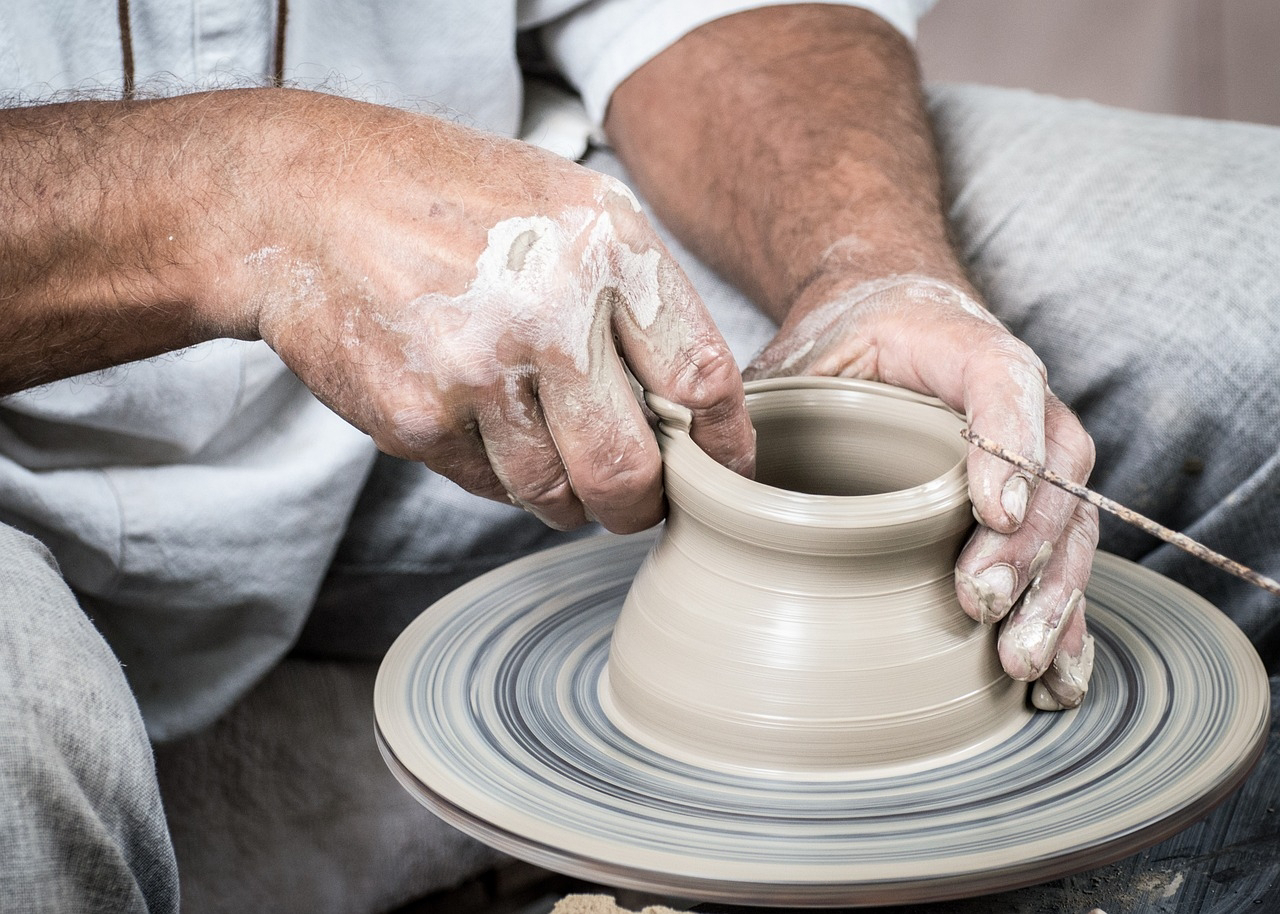Here is my 24th og article .
The Importance of Art in Childhood Development
Introduction
Art plays a vital role in childhood development, fostering creativity, emotional intelligence, cognitive skills, and problem-solving abilities. Whether through drawing, painting, sculpting, or crafting, engaging in artistic activities stimulates brain development and encourages children to express themselves in unique ways.
In this article, we will explore:
- How art enhances creativity and imagination
- The impact of art on cognitive and motor skills
- The emotional and psychological benefits of art
- FAQs on incorporating art into a child’s life
For related content, check out How Art Enhances Children's Creativity.
How Art Enhances Creativity and Imagination
1. Encourages Out-of-the-Box Thinking
Art allows children to experiment with colors, textures, and materials, helping them develop a creative mindset.
2. Strengthens Imaginative Abilities
When children draw or sculpt, they often create unique worlds, characters, and stories. This imaginative process builds storytelling and visualization skills.
3. Promotes Innovation
By exploring different art techniques, children learn that there are multiple solutions to a single problem, which improves their ability to think critically and adapt.
To explore more creative activities, visit Fun Art Projects to Boost Creativity.
The Cognitive and Motor Skill Benefits of Art
1. Enhances Fine Motor Skills
Using paintbrushes, scissors, and modeling clay improves hand-eye coordination and dexterity.
2. Strengthens Problem-Solving Abilities
Art helps children learn how to think critically and make decisions, such as choosing the right colors, patterns, and shapes for their artwork.
3. Improves Memory and Concentration
Visual learning through art helps children retain information better, especially in subjects like math, science, and history.
For more on how art boosts brain development, visit How Art Supports Learning in Children.
Emotional and Psychological Benefits of Art
1. Reduces Stress and Anxiety
Art provides a therapeutic outlet for children to process their emotions in a non-verbal way.
2. Builds Self-Confidence
Completing an artwork gives children a sense of achievement, which boosts their self-esteem and confidence.
3. Encourages Emotional Expression
Art allows children to express their emotions freely, whether it’s happiness, sadness, or excitement.
For more, check out How Art Helps Children Manage Emotions.
Ways to Incorporate Art in a Child’s Daily Life
1. Create a Dedicated Art Space
Set up an art corner at home with coloring books, paints, and craft supplies.
2. Encourage Open-Ended Creativity
Instead of structured projects, allow children to explore their creativity freely.
3. Introduce Digital Art Tools
Apps like Procreate, Sketchbook, and KidPix provide new ways for children to engage with digital creativity.
For more tips, visit Best Art Tools for Kids.
FAQs: Art and Childhood Development
1. How does art help children in school?
Art enhances critical thinking, problem-solving, and memory retention, which benefits subjects like math, science, and language arts.
2. Can art improve a child’s social skills?
Yes! Group art activities promote collaboration, communication, and teamwork.
3. What types of art activities are best for different age groups?
- Toddlers (1-3 years): Finger painting, coloring
- Preschoolers (3-5 years): Crafting, collage making
- Elementary (6-10 years): Drawing, sculpture, digital art
4. How can parents support their child’s artistic growth?
Provide art materials, encourage creativity, and enroll children in art workshops or online courses.
For more, visit Our Art Education Blog.
Conclusion
Art is not just an activity—it’s a powerful tool for learning, emotional growth, and skill development. By integrating art into daily life, parents and educators can help children build creativity, confidence, and problem-solving abilities.
For more in-depth insights, visit https://sabachha.blogspot.com.


कोई टिप्पणी नहीं: